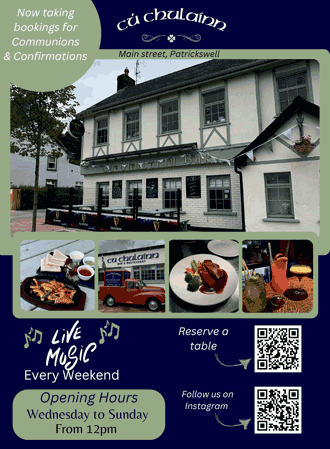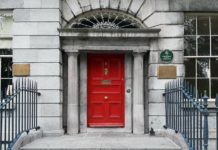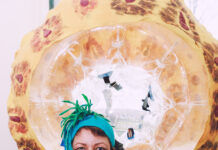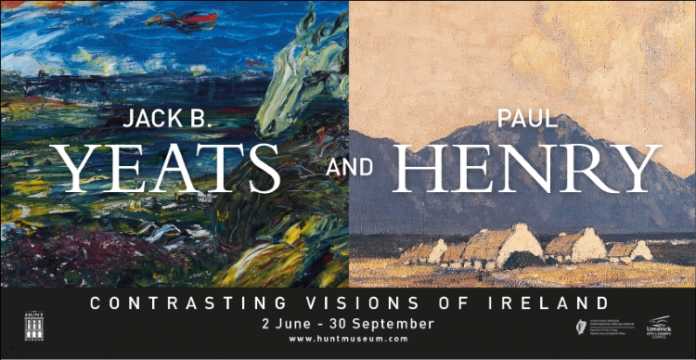
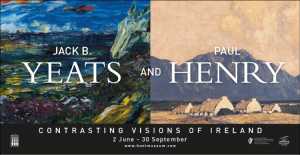
This summer, The Hunt Museum presents a unique exhibition of two of Ireland’s most iconic 20th century artists. Featuring rarely seen paintings borrowed from mostly private collections, this unique event encourages visitors to see Ireland through the eyes of two very different artists working before, during and after the establishment of the Irish Free State. In their distinctive ways, both Yeats and Henry offer an insight into the Ireland of their day, the newly independent Ireland, its landscapes and seascapes and the ways of life of its people.
Billed to be a show of both national and international significance, the exhibition features 50 works, many of which are normally unavailable for public viewing, and brings together an extraordinary display drawn from private and public collections including works from the European Investment Bank Collection in Luxembourg.
Immensely prolific and innovative in his style and technique, Jack Butler Yeats – arguably one of the greatest artists of his time – responded in his painting to the distinctive nature of the land and sea of the West of Ireland, especially his beloved Sligo, and to the practices and traditions of its people, including the country’s recently recovered rich mythology. At the same time, he celebrates the city life of the ‘new’ Ireland and the Irish love of sports and social events which his work places at the heart of rural and urban life.
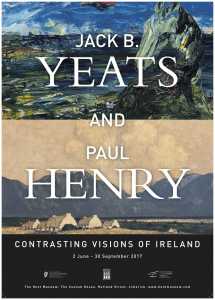
For the first time this exhibition allows the visitor to compare the work of these two major artists, their constructions of the New Ireland and their distinctive representations of its terrain and its people.
Jack B. Yeats and Paul Henry: Contrasting Visions of Ireland is open to the public from June 2nd to September 30th 2017 in The Hunt Museum, Limerick City. Visit www.huntmuseum.com for further information.
Read similar stories in the Limerick Post Arts section.



